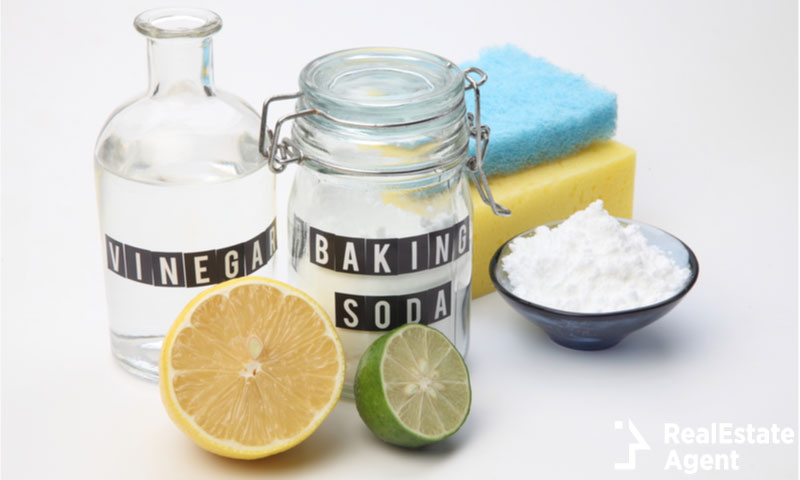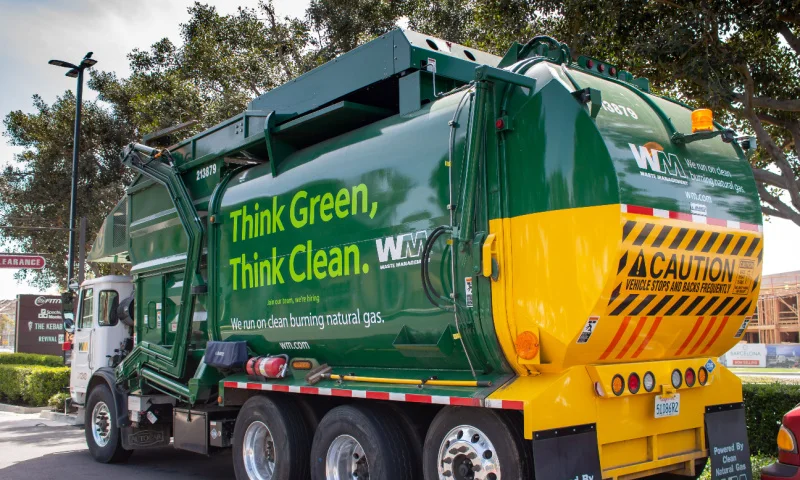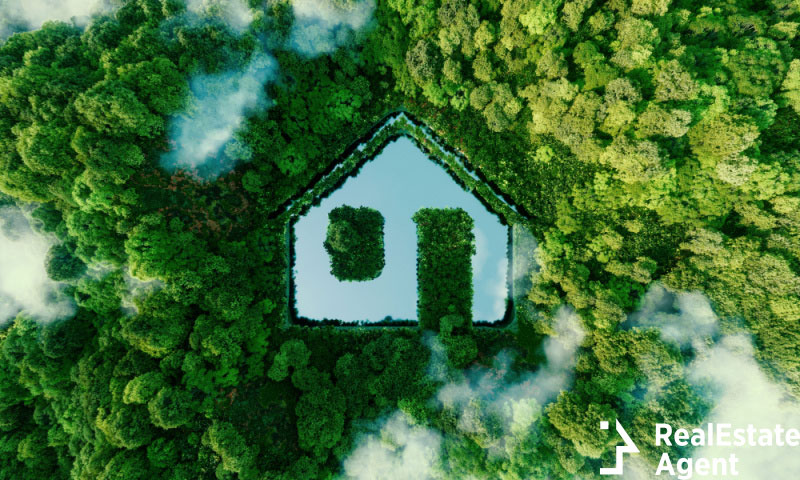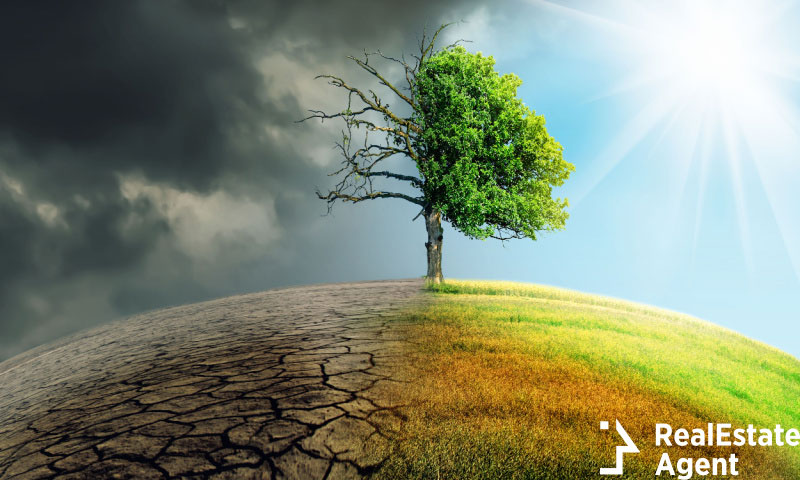As I’m getting ready to move into my new apartment, I’m looking into ways through which I can keep my apartment clean that matches my environmentally conscious lifestyle. After having to struggle to make the most sustainable choices in terms of renovations, interior designs, and decorating style, now it’s time to see how I can maintain that clutter-free, minimalist aspect clean.
The traditional cleaning supplies that you can find at most Walmart or Target stores are excellent at cleaning your home. All those chemicals can affect the finish and polish of your furniture and flooring, which may lead to needing replacement sooner. However, suppose you’re anything like me and would like to keep the number of chemicals and toxins at a minimum in your home. In that case, there are many natural alternatives that you can do at home for environmentalists. You won’t only end up spending a lot less money on cleaning products, but your home’s surfaces will also preserve their shine better.
Why Natural Cleaning Supplies?
If you have a minute to spare, take a look at the ingredients listed on your bottle of carpet cleaner or any other cleaning product you have around your home. If you understand all the ingredients listed there, you probably work in the medical and chemical industries. Not to mention the fact that you need protection to use most of these cleaning supplies. Things like gloves, masks, and even goggles can be necessary because the smells and fumes eliminated by them are literally toxic. Just think back to the last time you scrubbed your bathroom clean. Were you able to breathe in the space while you were cleaning, or did you need to thoroughly air the space out or take periodic breaks?
Did you know that you do not need bleach to disinfect your surfaces? Not only that, but did you know bleach actually breaks down the enamel off your porcelain surfaces? This means that your sink, toilet, bathtub, shower, and even tiles are harmed by bleach. That’s not the most sustainable option as it will result in shortening the lifespan of these elements.
So, to answer the question stated above, choosing natural cleaning supplies comes to the benefit of your health. They have few to no toxic components, and you can find most ingredients among your cooking ingredients or in your pantry. While some of these ingredients are used in cooking, you should not use the following recipes to age your meats or season your soup. After all, vinegar is delicious in small quantities, but nobody drinks bottles of it.
Best and Cheapest Homemade Cleaners
Why would you spend your hard-earned money on cleaning supplies that could make you sick from overexposure when you can save money and maintain your health and home at the same time? So start raiding your pantry and cupboards for those few key ingredients and get to mixing. All you’ll need is a few bottles to store the concoctions (choose glass for the eco-friendly homeowner) and the next, most used natural cleaning ingredients for your spring cleaning. I have to say, reading up on some of these literally blew my mind.
- Baking soda
- Vinegar (white or cider vinegar)
- Water
- Lemon
- Salt
- Flour
- Pine
- Olive oil
- Rubbing alcohol or Vodka
- Soap nuts or Conkers
- Castile Soap
While some of these ingredients need to be bought at the store, there are ways to make them at home, but it might be a bit time-consuming. Still, you can pick some from a tree, a shrub, or the ground if you have any growing in your area. You can also plant them and have an ample and constant supply on hand whenever you need them.
Personal tip: if you favor any scents or aromas in your home, purchase some essential oils and add them to your homemade cleaners. The following formulas are proven to work by making your home sparkling clean and by providing a fresh smell throughout your home.
Make your own Cleaning Supplies
Why would you go to the store and buy something to clean your home when you can do it at home with a few ingredients? As we venture down the path towards sustainability around our homes, cleaning products should be an essential part of the process. Instead of coating our surfaces and dishes with chemicals that we need to thoroughly clean and wash off that then get into the waterways and pollute our environment, just use natural cleaning products. Your home will be toxin-free, clean, and less expensive to maintain.
Over the last year, the market has changed, and saving money has become a daily struggle. This is an area where you can save a lot of money as these products are necessary and used on a daily basis. Instead of spending your finances on those products that can cause harm to your health, save money on products that don’t. It’s like shooting two birds with one stone.
All-purpose homemade cleaner
If you need a product that can be used for most surfaces around your home and can be made in larger quantities and stored, this is what you should use. Combine water and vinegar in equal parts in a spray bottle (glass is better). Add lemon rind or peels to boost the cleaning solution, some evergreen sticks, and any essential oils you like. Let it sit and infuse for at least a week before use and remove the lemon bits before you start using.
This will help remove water stains, wipe away smudge marks, clean trash cans, and a lot more. You can use it on porcelain surfaces, tiles, toilets, plastics, and most hard surfaces including most types of flooring.
Additional tip: You should NOT use citric solutions on stones like granite, marble, or stainless steel as the acidic ingredients can etch the surface, taking away their sheen. Some manufacturers recommend not to use any vinegar-based products on their appliances for the same reason.
Laundry detergent
Nature came up with some exquisite cleaning solutions for the eco-friendly ones of the bunch. Soap nuts (which are actually berries, so nut allergy is not an issue) have a hard shell that encapsulates the natural soap called saponin from within. One of the most natural cleaning supplies available, you can make laundry detergents either of soap nuts or conkers (the glossy brown seed of the horse chestnut tree). Neither are edible, but both provide natural soaps. Both are used in shampoos, body washes, and, yes, laundry detergents. The following solutions are great as washing machines don’t like a lot of bubbles.
With soap nuts, all you need to do is place them in a cloth drawstring pouch and throw it in your washing machine along with your laundry. If your load requires a more thorough cleaning, add half a cup of baking soda. Once used, soap nuts can be reused a few times and should be hung to dry once you’re done washing. When they have lost their properties, they turn gray. You can find the soap tree in the south and southwest as it prefers dryer climates.
With conkers, you will need a more tedious process, but they still work, and, depending on where you live, they might be easier to find. The horse chestnut tree grows across the US but is more predominant in the mid-west and northern parts of the country. To make your own laundry detergent with conkers, pick them when they are ripe or hard. If ripe, cut them into small pieces dry for eight to ten hours. If hard, let them sit in water for two days, then cut them up and dry. Before you use the detergent, soak the diced conkers in a cup of water overnight. When the laundry is in your washing machine, filter the conker water and add it to the detergent tray. These can also be reused up to three times, so don’t throw them out right away.
Glass cleaner
One of the simplest cleaning solutions is the glass cleaner. All you need to do is add one cup of water for every quarter cup of vinegar. Shake it thoroughly and add a few drops of essential oil for a better scent. However, that’s unnecessary as the vinegar scent evaporates, and the glass will be clean with or without the essential oils.
To get a glass cleaner that dries quicker, use two cups of water, half a cup of vinegar, a quarter cup of rubbing oil with a 70% concentration (you can replace this with vodka, but the smell may be strong), and a few drops of essential oil. Add them to a spray bottle, shake it thoroughly, and start spraying.
Additional tip: Cleaning windows on a sunny day in direct sunlight should be avoided as the solution will evaporate almost instantly, and you’ll be left with streaks from the material you’re using. You should NOT spray mirrors directly. Instead, spray a paper towel or soft cloth with the solution, then use the cloth or towel to wipe the mirror clean.
Dish soap
Eco-friendly enthusiasts swear by castile soap as it’s the most natural soap for dishwashing. While originally the product resulted from olive oil and sodium carbonate made in the Spanish region of Castile, the formula is more diverse nowadays. You can find it in stores containing vegetable oils like hemp, avocado, and coconut, so choose your favorite. Furthermore, its versatility allows you to use it for body wash or other household cleaners, but we’ll focus on dish soap.
The recipe is simple. Just add one part castile soap to ten parts water and swirl around. Don’t shake the solution too much as it makes bubbles and lots of them.
Kitchen cleaner and deodorizer
If you’re looking for something more powerful to clean your kitchen counters, the inside of your refrigerator, or other kitchen appliances, just use baking soda and water. While you can also clean your refrigerator with water and vinegar, we wanted to look at other solutions for stainless steel appliances and countertops. These surfaces are a bit more sensitive to corrosives.
Add four tablespoons of baking soda to four cups of water. The properties of baking soda work wonders on stainless steel elements by bringing back their shine and cleaning them in the process. To get rid of bad smells, use the solution described above or plain baking soda in your drain or garbage disposal.
To polish and remove spots from stainless steel, create a paste out of these two ingredients, but be shy on the water. Apply it on stainless steel surfaces with a damp cloth and gently rub in the direction of the metal grain.
Wood cleaner
Some cleaning products you can buy at the store have protective properties for wooden surfaces. If you thought you couldn’t get the same result from nature’s best and cheapest cleaning solutions, you thought wrong. With the amount of wood throughout our homes, maintaining the quality of those surfaces is important. With the following three ingredients you can make sure that your floors and other wooden surfaces don’t only look amazing but feel great and are also protected from damages brought by lack of nourishment and care.
Combine a three-quarter cup of olive oil with half a cup of white vinegar and one tablespoon of lemon juice with any essential oil you like. This wood polish is simple to use, and the olive oil helps protect the wood while also keeping it nourished and shiny.
Stain remover
Now that we covered basic cleaning solutions for both hard surfaces and laundry, what should you do about stains and spills? Whether it’s your furniture upholstery or your clothes, you’ll need something a bit stronger to remove stubborn stains. We’ll stick to the same ingredients used before but in a different combination. Still, no bleaches.
Mix a quarter cup of vinegar with a quarter cup of baking soda, one tablespoon of castile soap, and two cups of water in a spray bottle. Make sure the solution is thoroughly mixed, shaken, not stirred, and aim the center of the stain. Let the concoction sit for 15 minutes at the very least before throwing the clothing article in the washing machine. If you, your children, or your pets managed to stain the sofa, however, before you through either the couch or the culprit out (just kidding), let the solution sit for at least 15 minutes, then start scrubbing with a medium-bristled brush. It’s best to make this cleaner right before you use it, as the properties of the ingredients start working if it sits.
Brass or copper cleaner
This one has to be my favorite, seeing as I recently had to clean some 100-year-old copper handles. As every window in my apartment has copper handles and they are over 100 years old, aside from sanding the gunk off of them, I discovered that nature has yet another cleaning solution for metals.
For copper, if you don’t want to sand your fingers off while you sand down the oxidized surface, mix a quarter cup of salt with a quarter cup of flour and enough vinegar to create a thick paste. Rub the paste on the copper with a soft cloth, buff it thoroughly, and then rinse with warm water before drying.
For brass, dampen a cloth or sponge in vinegar or lemon juice, sprinkle some salt on top, then lightly rub over the brass surface. Clean with a clean damp cloth or rinse with water, then dry.
For both of these metals, it’s important to know if they have any lacquered finishes. If they do, you need to take it off. This can be done chemically (let it sit in paint thinner overnight) or through sanding (sand the surface with sanding paper).
Conclusion
Cleaning your home shouldn’t be a chemically hazardous venture, and nor should you leave the area you just cleaned until all the chemically infused air goes out the opened window. People had ways to keep their homes clean well before all these chemical products became available on the market. However, nowadays, we know so much more about cleaning and natural ingredients than ever before.
Still, commercial cleaning solutions are everywhere, but they don’t have to be in your home. This isn’t coming from a person who doesn’t believe in science, but from an individual who is willing to go the extra mile for my readers and for me so that we limit all types of harmful solutions in our environment. Everything that you use in your home gets in the environment in one way or another. By making sure that the products we use to clean our homes and chemical and toxin-free, we make sure that we don’t add to the pollution problem that’s been slowly poisoning our environment. A toxin-free home is a clean and, more importantly, healthy home.



















